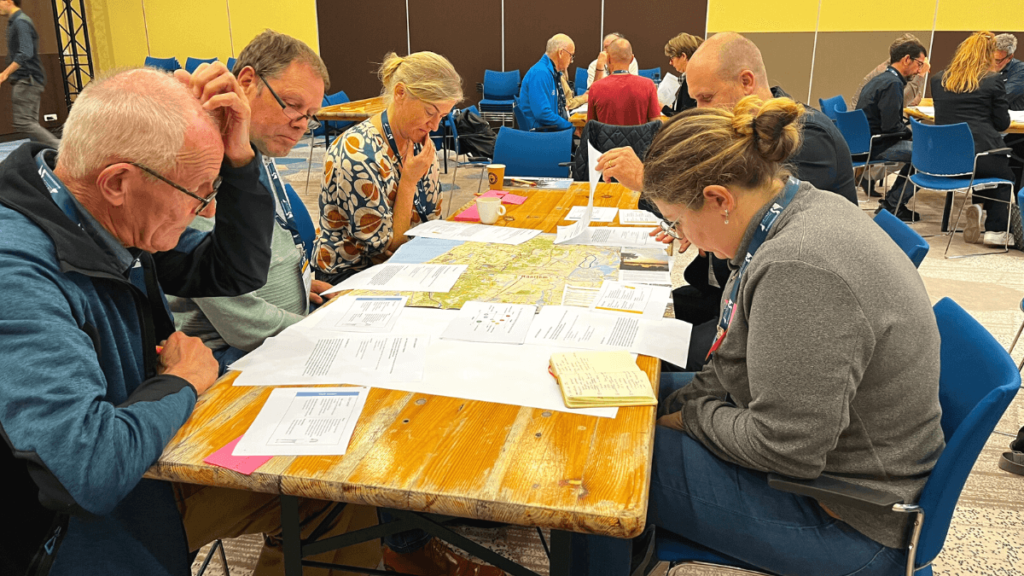The recent Europarc Conference in Leeuwarden, the Netherlands, attracted a record-breaking 500 participants in the 50th anniversary year of the Europarc Federation. Among them was Urs Wegmann, Swiss ranger and our former president. He tells us what he took away from the conference, why it is actually the place-to-be for rangers and how his profession is somewhat to blame if rangers and their issues are underrepresented there.
Urs, can you give us a brief insight? What is the Europarc Conference generally about?
The Europarc Conference is an annual meeting of European protected areas and national parks. It’s a meeting for everyone who works in this field. This year, the 50th anniversary of the Europarc Federation was also celebrated, so it was a really important event with more than 500 participants. Among the participants were many representatives from park management and park employees, including those who work as rangers in the broadest sense. Some companies were also present, such as Griffin Ranger GmbH, which belongs to the Greifensee Foundation and is therefore a Europarc member. The conference is also a market where services, products and innovations for management, monitoring and more for protected area management are presented.
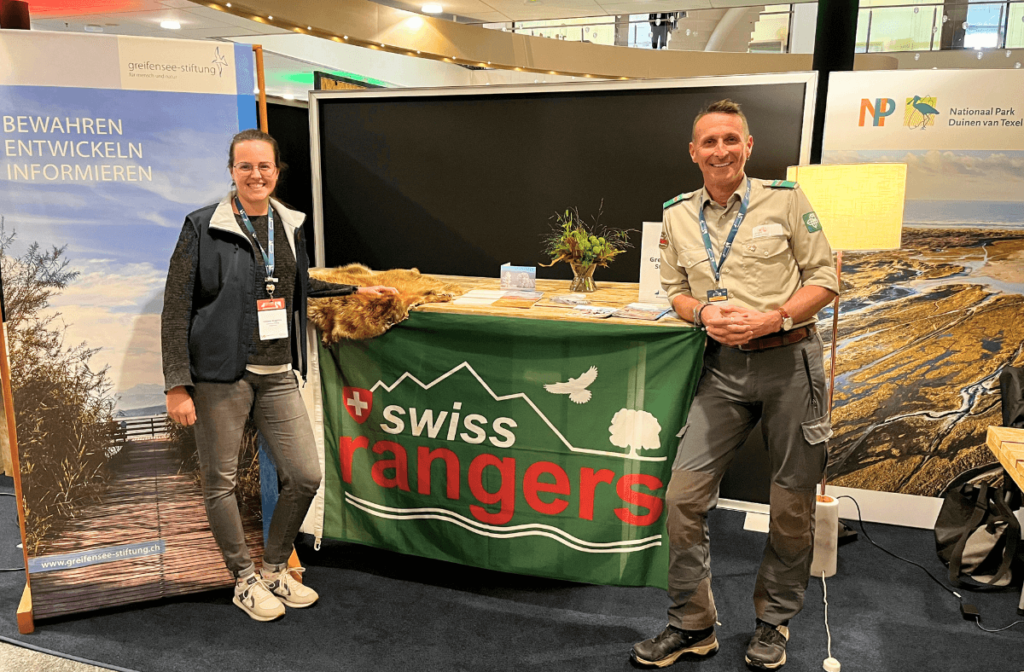
What was the conference theme this year?
The theme was “Tribute to our landscape: Where nature and people meet in harmony”. And I thought to myself: Ok, guys. Good and right. But it’s not always harmonious when people and nature meet. And we rangers work at this interface. Of course, we work towards this harmony. But conflicts must also be honestly recognised. Rangers are important players in overcoming them.
What results did the conference achieve?
There is a final declaration entitled “Declaration on Climate Change & Biodiversity Action: If not now then when, if not us then who?” The conference focussed primarily on the effects of climate change and the loss of biodiversity in protected areas – the latter being the rangers’ very own topic. This is a great commitment to species conservation.
A message to my own branch: We rangers need to draw attention
to ourselves and get involved in the debate, every single one of us.
Now, building on this, we need a commitment for the people who are out there protecting species. I got the impression that there is a lot of interest in what we rangers have to say. There is a lot of willingness to work together, after all we are part of the same team. But I also realised that there is a lack of knowledge about what rangers actually can and do, especially in areas with little or no ranger culture.
What could then be approaches to utilise this willingness?
Perhaps the topics are different from those at ranger meetings, perhaps rangers are not the first to decide who will attend the conference in the national park. But in principle, any ranger can attend the Europarc conference and present themselves and their profession. But as the low participation of rangers shows, the hurdle seems to be high. I think that we need to draw attention to ourselves and get involved in the debate, every single one of us. We have something to say and I have seen once again at this conference that we are being listened to. That’s a message to my own branch. Of course it’s extra work. But if everyone where he or she works reports to the top what he or she has to contribute as a ranger, a lot has already been done. In any case, those who can and want to do it must do it.
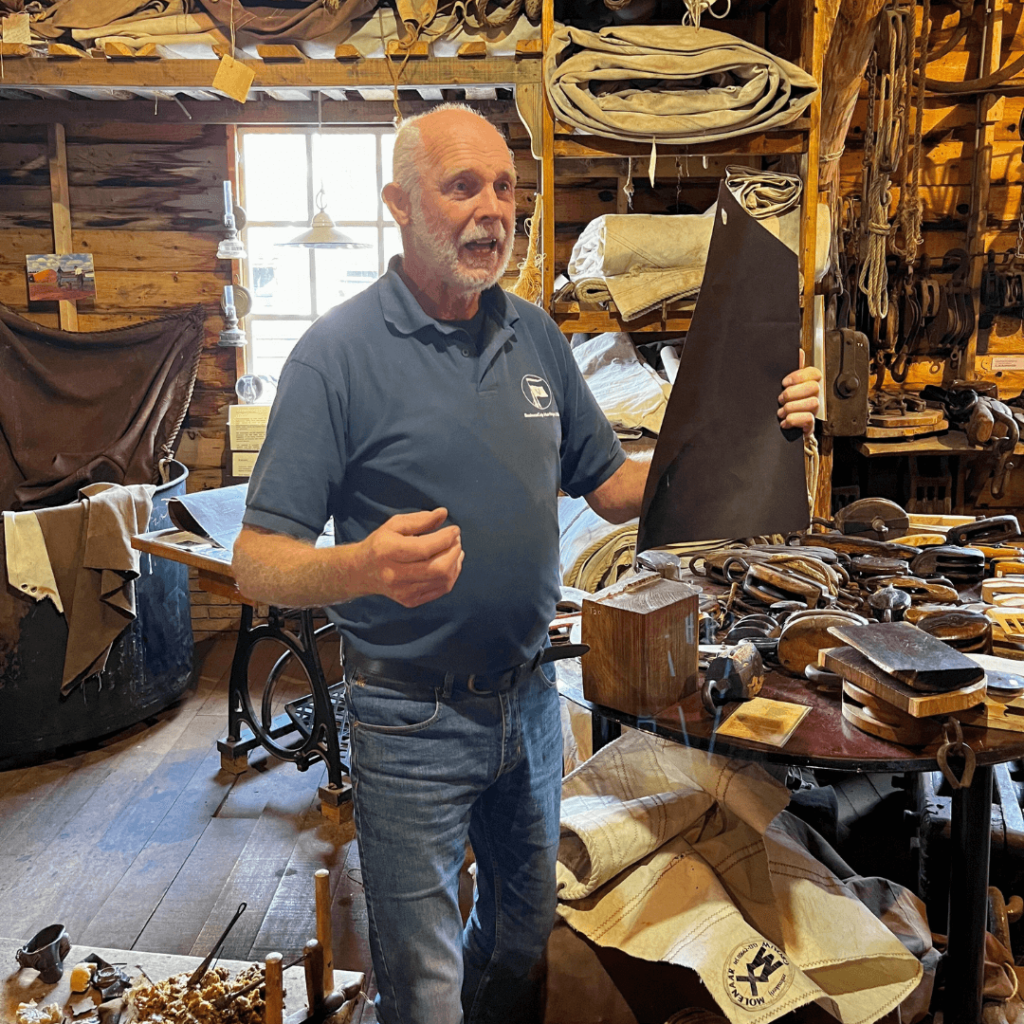
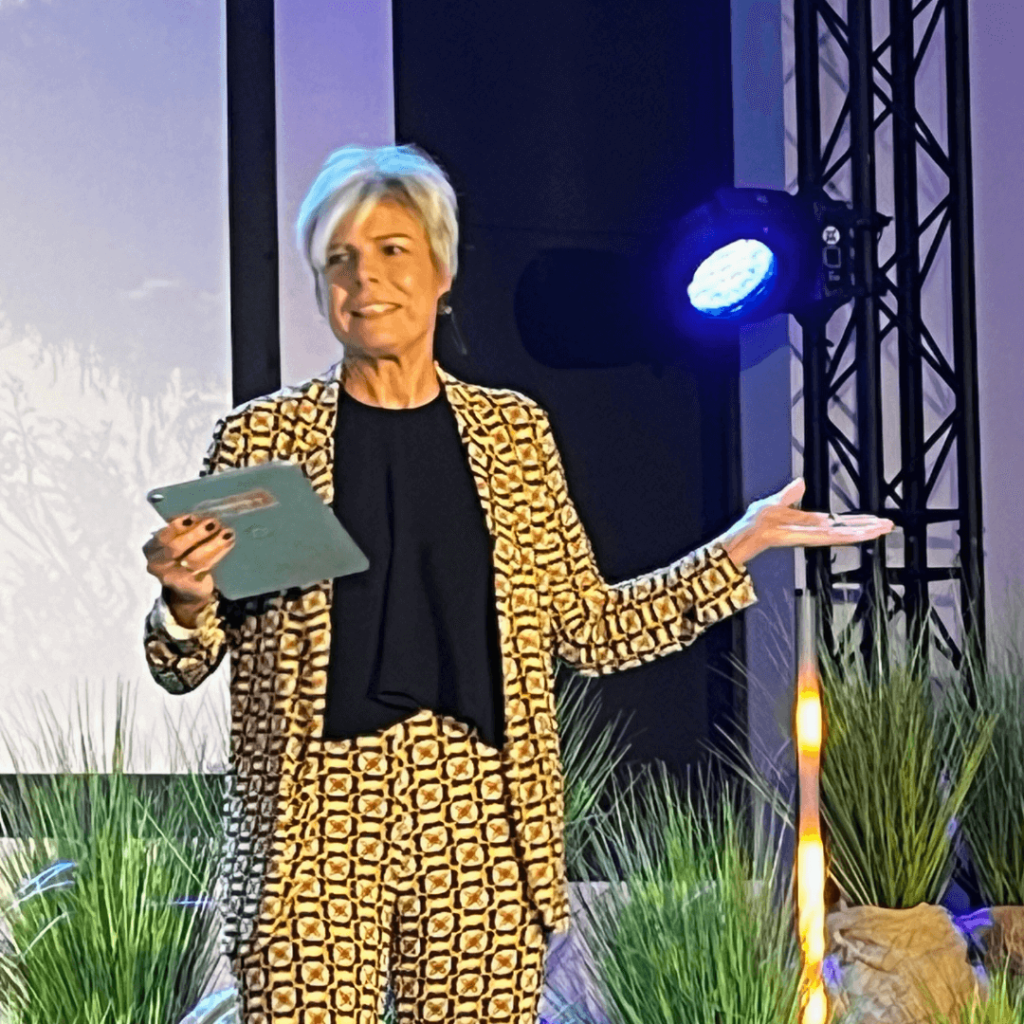
What was the background to your participation?
I had attended the same conference at Lake Neusiedl National Park in Austria the year before. Back then, I was asked to hold a workshop on the topic of rangers: “Park Rangers of the 21st century: creating magic moments for visitors” was the requested topic. Already back then I realised that rangers were underrepresented.
The Europarc Conference is the place where the
decision-makers are – and where we need to be too!
At the same time, I realised that this is where the decision-makers are – and where we need to be too! That’s why I was determined to go to this year’s conference and offer another workshop. This time it was about “Recreation management: How involving user groups in co-decision-making processes can help create more effective regulations.” I held it together with a colleague from a national park near Amsterdam and a colleague from Spain, neither of whom are rangers. My part was the perspective that rangers are not only needed in wilderness areas, but above all in places where many people encounter nature and conflicts can arise more often. Our workshop met with a great deal of interest and led to a good exchange of ideas.
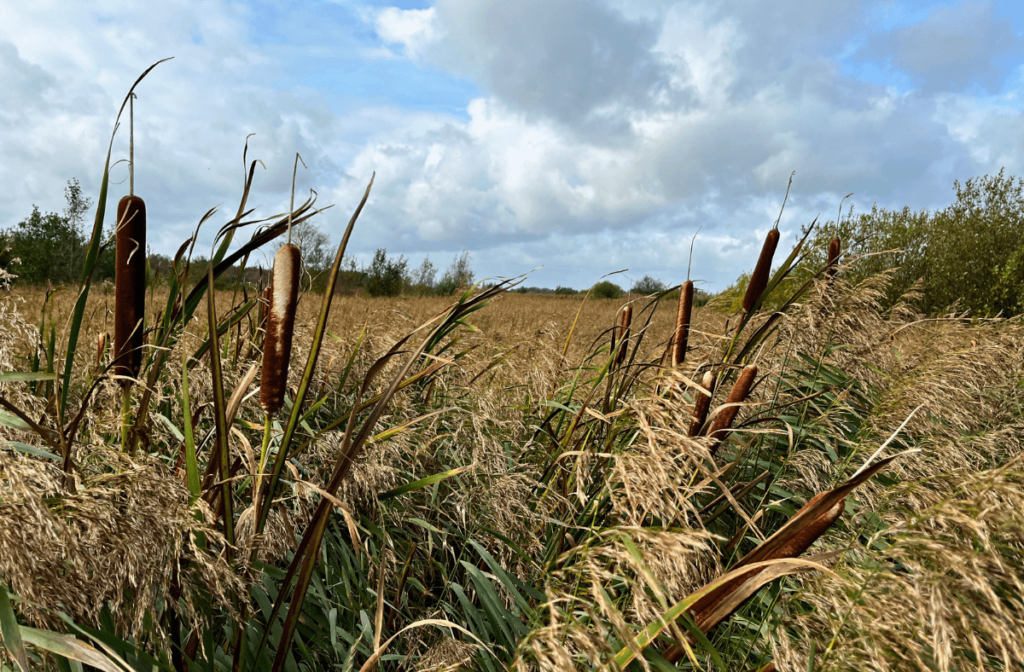
What did you personally take away from the conference?
I was really looking forward to the visit to the Netherlands, as the country has twice the population density of Switzerland which is very interesting for me. I work in an area with a high population density myself. I can therefore well imagine accepting the invitation from my colleague from the park near Amsterdam and returning there again. I really enjoyed the relaxed atmosphere with the park visitors. On a field trip in De Alde Feanen National Park, I asked: “What do you do if someone walks into the restricted area?” The guide said that nobody would walk into it anyway. And if they did, they would point out that it was closed and that would be accepted. I thought this mindset and the way the cultural history was integrated into this national park was great.
There are many ideas, plans, concepts and theories for visitor management. But the issue
that someone needs to be out in the field to manage visitors was practically non-existent.
Another thing I learnt at the conference was that there are many ideas, plans, concepts and theories for visitor management. But apart from my input, the issue of someone standing out in the field and having to manage visitors was practically non-existent. And it’s not just about rangers, but also people who work in environmental education or in visitor centres. Perhaps that’s why it was of great interest that our company also offers ranger services outside Switzerland or trains rangers on site.
© all photos by Urs Wegmann
editorial work for this
content is supported by


